
A laptop battery not charging can be a frustrating problem, especially when you rely on your device for work, study, or entertainment. Most of these problems can be fixed with a few troubleshooting steps. In this article, we will explore five methods to fix a laptop battery that is not charging.
1. Check the Charger and Power Source
The most common reason for a laptop not charging is an issue with the charger or power source.
First, verify that the power adapter is working properly.
Check the charger cable for visible damage or frays. If possible, test the charger with another device to ensure it is supplying power.
Additionally, ensure that the power outlet you're using is functional—try plugging in another device, such as a lamp or phone charger, to verify that the outlet is providing power.
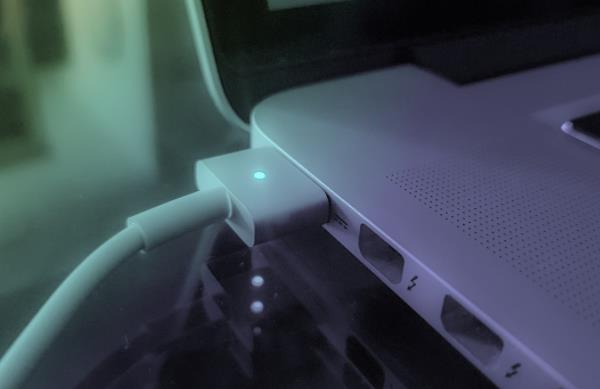
If your charger is damaged or defective, replacing it with a new one designed specifically for your laptop model might be necessary.
2. Update or Reinstall Battery Drivers
Outdated or corrupt drivers can cause various hardware issues, including charging problems. If your laptop's battery is not charging, one potential fix is to update or reinstall the battery drivers. Often, Windows automatically installs and updates these drivers, but sometimes they can become outdated or corrupted.
To resolve this, you can use a driver update tool like Driver Sentry to scan your system for outdated or incompatible drivers and automatically download and install the latest updates. This tool is particularly useful for users who are not familiar with manually searching for driver updates.
Here's how to use Driver Sentry to fix battery driver issues:
Download and install Driver Sentry from the official website.
Open the Driver Sentry and initiate a system scan. It will analyze your laptop's hardware and detect any outdated or faulty drivers.
Once the scan is complete, look for battery-related drivers (such as the ACPI-compliant control method battery) and select them for updating.
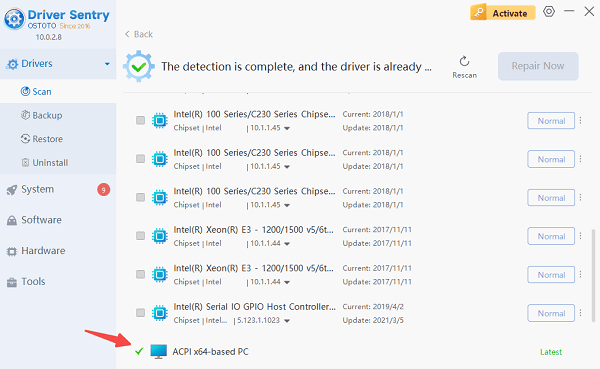
Click "Upgrade" to automatically download and install the latest drivers.
Restart your laptop and check if the battery charges properly.
3. Check Battery Health and Power Settings
In some cases, the battery might not be charging because of incorrect settings or because it has reached the end of its useful life. Check your battery health status by clicking on the battery icon in your taskbar.
If you are using Windows, you can also use the "Battery Report" feature. In the search bar, type "cmd", right click and select "Run as administrator" and open the Command Prompt, then type the following command:
powercfg /batteryreport
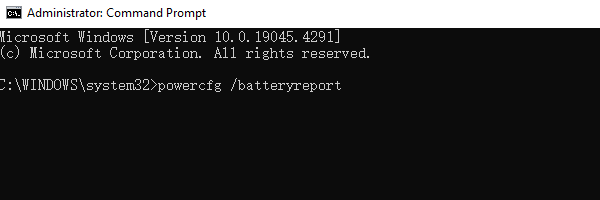
This will generate a battery report that you can view in the folder specified by the report. The report will provide valuable information about the health and charging cycle of your battery.
If your battery's health is poor, you may need to replace the battery. However, you can also try adjusting power settings to prevent unnecessary battery drain.
On Windows, go to Control panel > System and Security > Power options and make sure your laptop is set to balanced or power-saving mode. If the laptop is set to performance mode, it could be drawing excessive power, preventing it from charging properly.
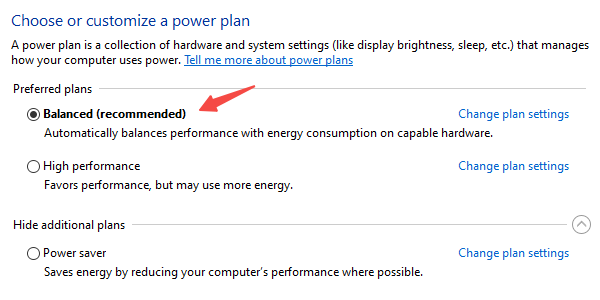
4. Restart Your Laptop
It may seem simple, but restarting your laptop can sometimes resolve minor software glitches that may prevent the battery from charging. This step helps refresh your laptop's internal processes, including power management settings.
Close all applications, and then click the "Start" menu. Select the "Power" button, and choose "Restart".
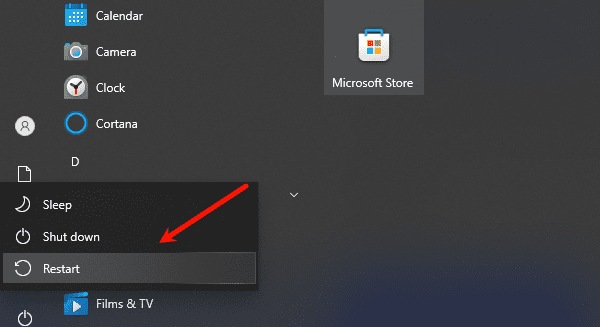
5. Perform a Hard Reset
A hard reset can help reset your laptop's internal hardware, which may resolve charging issues caused by software or hardware conflicts. Here's how you can perform a hard reset:
Turn off your laptop and unplug it from the charger.
Remove the battery (if possible) and hold down the power button for about 30 seconds.
Reinsert the battery and plug the charger back in.
Power on your laptop and check if the battery is charging.
Through the above troubleshooting steps, the issue of the laptop battery not charging can generally be resolved. If none of these methods work, it may be time to seek professional assistance, as the battery itself could be faulty or your laptop’s internal charging system may require repair.
See also:
How to Fix the Keyboard Not Typing Issue
How to Fix Mouse Double-Click Issue